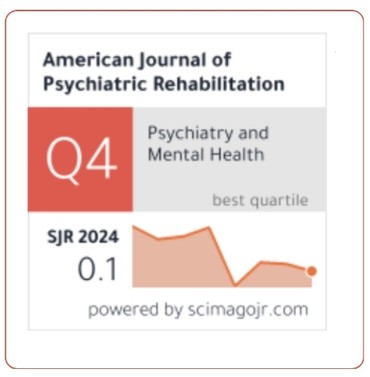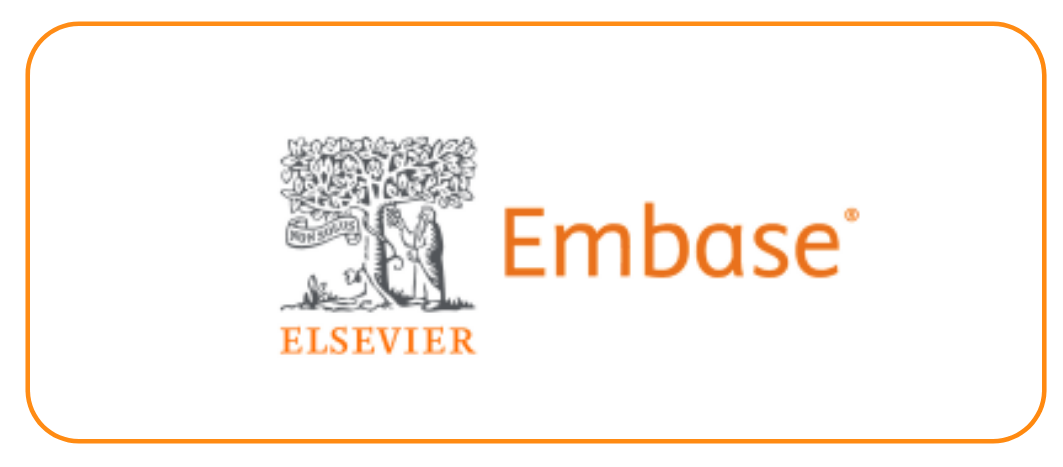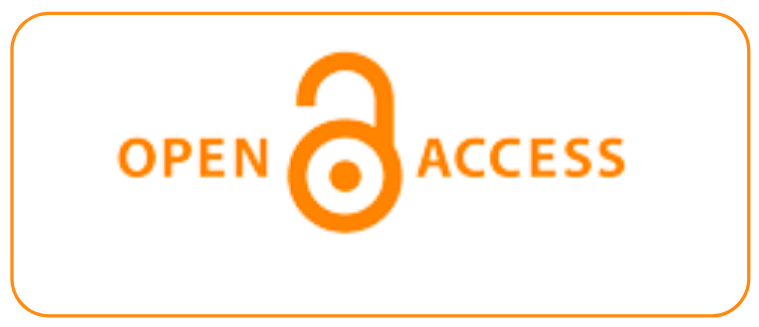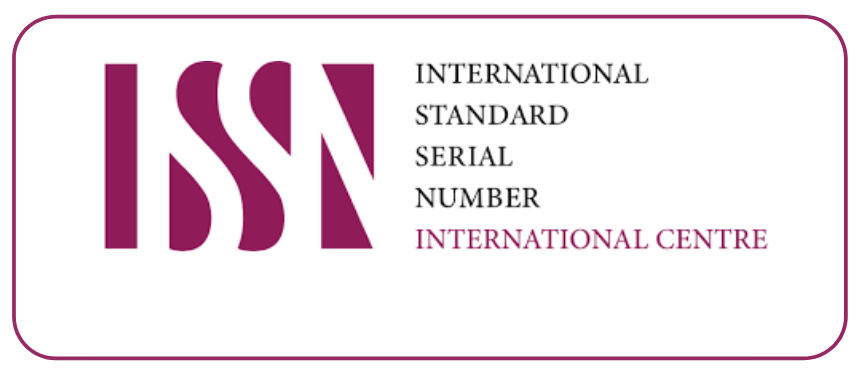Intellectual Property and The Human Biological Material: Navigating Legal Ownership and Rights
DOI:
https://doi.org/10.69980/ajpr.v28i5.325Keywords:
Property Rights, Body Ownership, IP Rights, Ethical Issues, Constitution of IndiaAbstract
The intersection of intellectual property (IP) and the human body presents a dynamic and evolving landscape, raising profound legal, ethical, and societal questions. This article explores the complexities of ownership, acquisition, and control over human body parts and genetic material, offering a multidisciplinary perspective that blends legal theory with real-world implications.
It begins by examining traditional concepts of property and how these frameworks apply when the subject matter is the human body. As biotechnological advances redefine what is possible, particularly in genetics, questions of who can own or control biological materials have become increasingly interesting. Genetic ownership is particularly contentious, with significant implications for research, innovation, and individual rights. The article further analyzes the notion of bodily ownership through jurisprudential, constitutional, and cultural lenses. Legal frameworks such as the Bharatiya Nyaya Sanhita and constitutional protections like Article 21 are discussed about bodily autonomy and integrity. The inquiry then extends to whether genetic material should be considered a body part, drawing on global conventions and scholarly debate.
Attention is also given to the commoditization of human body parts, ranging from organ trafficking and commercialized healthcare practices to cutting-edge technologies such as regenerative medicine and cyborg integration. The role of intellectual property rights in this context, particularly patents on human biological materials, is examined through landmark legal cases and pharmaceutical industry practices. Concluding with both national and international perspectives, the article offers recommendations for navigating this ethically sensitive and legally intricate terrain in an era of rapid scientific advancement.
References
1. Moore v. Regents of the University of California, 793 P.2d 479 (Cal. 1990).
2. Parliament of India. (1994). The Transplantation of Human Organs and Tissues Act, 1994.
3. Shroff S. Legal and ethical aspects of organ donation and transplantation. Indian J Urol. 2009 Jul; 25(3):348-55. doi: 10.4103/0970-1591. 56203. PMID: 19881131;
PMCID: PMC2779960.
4. Article 21 of the Constitution of India, 1949.
5. Garg, R. (2022, September 23). Common Cause v. Union of India : case analysis - iPleaders. https://blog.ipleaders.in/common-cause-v-nion-of-india-case-analysis/ last visited on 18th April 2025
6. Universal Declaration on the Human Genome and Human Rights. UNESCO, 1997. Available at: UNESCO
7. Convention on Human Rights and Biomedicine (Oviedo Convention). Council of Europe, 1997. Available at: Council of Europe
8. Chadwick, R. & Levitt, M., & Shickle, Darren. (2014). The Right to Know and the Right Not to Know: Genetic Privacy and Responsibility. 10.1017/CBO9781139875981.
9. Rothstein MA. Genetic exceptionalism and legislative pragmatism. J Law Med Ethics. 2007 Summer;35(2 Suppl):59-65. doi: 10.1111/j.1748-720X.2007.00154.x. PMID: 17543059.
10. United Nations Protocol to Prevent, Suppress and Punish Trafficking in Persons, Especially Women and Children, supplementing the United Nations Convention against Transnational Organized Crime. (2000). Available at: UNODC
11. Ayanoğlu, F. B., Elçin, A. E., & Elçin, Y. M. (2020). Bioethical issues in genome editing by CRISPR-Cas9 technology. TURKISH JOURNAL OF BIOLOGY, 44(2), 110. https://doi.org/10.3906/ biy-1912-52
12. Benner, S. A., & Sismour, A. M. (2005). Synthetic biology [Review of Synthetic biology]. Nature Reviews Genetics, 6(7), 533. Nature Portfolio. https://doi.org/10.1038/nrg1637
Brown, N., Faulkner, A., Kent, J., & Michael, M. (2006). Regulating Hybrids: ‘Making a Mess’ and ‘Cleaning Up’ in Tissue Engineering and Transpecies Transplantation. Social Theory & Health, 4(1), 1. https://doi.org/10.1057/ palgrave.sth.8700062
13. Carroll, D. (2017). Genome Editing: Past, Present, and Future. PubMed, 90(4), 653. https://pubmed. ncbi.nlm.nih.gov/29259529
14. Chapman, S., & Sherman, B. (2018). Finding a Place for Agriculture in Intellectual Property Law. Deleted Journal, 49(7), 759. https://doi.org/10. 1007/s40319-018-0753-8
15. Davis, D. J., & Yeddula, S. G. R. (2024). CRISPR Advancements for Human Health. PubMed, 121(2), 170. https://pubmed.ncbi.nlm.nih.gov /38694604
16. Healy, L. (2017). Acquisition and Reception of Primary Tissues, Cells, or Other Biological Specimens [Review of Acquisition and Reception of Primary Tissues, Cells, or Other Biological Specimens]. Methods in Molecular Biology, 17. Springer Science+Business Media. https://doi. org/10.1007/978-1-4939-6921-0_3
17. Human Genome Editing. (2017). In National Academies Press eBooks. https://doi.org/10. 17226/24623
18. Ishii, T. (2015). Germ line genome editing in clinics: the approaches, objectives and global society [Review of Germ line genome editing in clinics: the approaches, objectives and global society]. Briefings in Functional Genomics, 16(1), 46. Oxford University Press. https://doi.org/ 10.1093/bfgp/elv053
19. Knoppers, B. M., & Beauvais, M. J. S. (2021). Three decades of genetic privacy: a metaphoric journey [Review of Three decades of genetic privacy: a metaphoric journey]. Human Molecular Genetics, 30. Oxford University Press. https://doi.org/ 10.1093/hmg/ddab164
20. Li, G., Li, X., Zhuang, S., Wang, L., Zhu, Y., Chen, Y., Sun, W., Wu, Z., Zhou, Z., Chen, J., Huang, X., Wang, J., Li, D., Li, W., Wang, H., & Wei, W. (2022). Gene editing and its applications in biomedicine [Review of Gene editing and its applications in biomedicine]. Science China Life Sciences, 65(4), 660. Springer Science+Business Media. https://doi.org/10.1007/s11427-021-2057-0
21. Ormond, K. E., & Cho, M. K. (2014). Translating Personalized Medicine Using New Genetic Technologies in Clinical Practice: The Ethical Issues. Personalized Medicine, 11(2), 211. https://doi.org/10.2217/pme.13.104
22. Passarge, E. (2021). Origins of human genetics. A personal perspective [Review of Origins of human genetics. A personal perspective]. European Journal of Human Genetics, 29(7), 1038. Springer Nature. https://doi.org/10.1038/ s41431-020-00785-7
23. Ruiz, A. N. (2012). Plants genetic manipulation an approach from intellectual property [Review of Plants genetic manipulation an approach from intellectual property]. Frontiers in Bioscience-Elite, 2, 408. Frontiers Media. https://doi.org /10.2741/e624
24. Scott, S. A., Abul‐Husn, N. S., Obeng, A. O., Sanderson, S. C., & Gottesman, O. (2014). Implementation and utilization of genetic testing in personalized medicine [Review of Implementation and utilization of genetic testing in personalized medicine]. Pharmacogenomics and Personalized Medicine, 227. Dove Medical Press. https://doi.org/10.2147/pgpm.s48887
25. Shiffrin, S. V. (2017). Intellectual Property (p. 653). https://doi.org/10.1002/9781405177245.ch36
26. Song, J. (2021). Ethical adaptation and legal regulation of modern technology. Cultures of Science, 4(3), 169. https://doi.org/10.1177/ 20966083211053085
27. Wrigley, A., & Newson, A. J. (2015). Genome editing poses ethical problems that we cannot ignore. https://ses.library.usyd.edu.au/handle/2123/13063
28. Bolcato, M., Fassina, G., Sanavio, M., & Aprile, A. (2020). The new Italian law 219/2017: an extraordinary clinical tool in internal medicine. Italian Journal of Medicine. https://doi.org/10. 4081/itjm.2020.1280
29. Cebeci, F., Sucu, G., & Karazeybek, E. (2011). The Roles of Nurses to Augment Organ Donation and Transplantation: A Survey of Nursing Students. Transplantation Proceedings, 43(2), 412. https://doi.org/10.1016/j.transproceed.2011.01.048
30. Chan, T. W., & Ho, C. W.-L. (2017). A Ten-Year Retrospective Analysis of Consent for the Donation of Residual Human Tissue in a Singapore Healthcare Institution: Reflections on Governance. Asian Bioethics Review, 9(4), 335. https://doi.org/10.1007/s41649-017-0040-x
31. Chhablani, N., Choudhari, S. G., Gaidhane, A., & Zahiruddin, Q. S. (2021). Revisiting Organ Donation – Voyage from Death, Donation, Transportation to Organ Transplantation. International Journal of Current Research and Review, 13(10), 147. https://doi.org/10.31782/ ijcrr.2021.131029
32. Hall, B., & Parkin, M. S. (2016). UK policy initiatives and the effect on increasing organ donation. British Journal of Nursing, 25(6), 307. https://doi.org/10.12968/bjon.2016.25.6.307
33. Intellectual Property and the Human Body: Navigating Ownership and Rights. (n.d.).
Irving, M., Tong, A., Jan, S., Cass, A., Rose, J. M., Chadban, S., Allen, R., Craig, J. C., Wong, G., & Howard, K. (2011). Factors that influence the decision to be an organ donor: a systematic review of the qualitative literature [Review of Factors that influence the decision to be an organ donor: a systematic review of the qualitative literature]. Nephrology Dialysis Transplantation, 27(6), 2526. Oxford University Press. https://doi.org/10.1093/ndt/gfr683
34. Jabri, G., Sandokji, A., Alzughaibi, N., & Alsehli, I. (2016). Awareness, Beliefs and Barriers of Organ Donation among Saudis in Madinah City, Saudi Arabia. Journal of Health Education Research & Development, 4(3). https://doi.org/10.4172/ 2380-5439.1000187
35. Johar, N. S., & India, U. O. (2018). Navtej Singh Johar vs Union Of India Ministry Of Law And .
Katari, R., Tamburrini, R., Edgar, L., & Orlando, G. (2017). Converging Organ Transplantation Towards Regenerative Medicine. In Elsevier eBooks (p. 757). Elsevier BV. https://doi.org/ 10.1016/b978-0-12-801734-0.00054-0
36. Li, D., Hawley, Z., & Schnier, K. E. (2013). Increasing organ donation via changes in the default choice or allocation rule. Journal of Health Economics, 32(6), 1117. https://doi.org/10. 1016/j.jhealeco.2013.09.007
37. Saidi, R. F., & Kenari, S. K. H. (2014). Challenges of organ shortage for transplantation: solutions and opportunities. PubMed, 5(3), 87. https:// pubmed.ncbi.nlm.nih.gov/25184029
38. Sauthier, N., Bouchakri, R., Carrier, F. M., Sauthier, M., Mullie, L., Cardinal, H., Fortin, M., Lahrichi, N., & Chassé, M. (2023). Automated screening of potential organ donors using a temporal machine learning model. Scientific Reports, 13(1). https://doi.org/10.1038/s41598-023-35270-w
39. Sayyari, A. A., & Shaheen, F. A. M. (1999). Strategies for increasing transplantation: the Saudi experience. Transplantation Proceedings, 31(8), 3278. https://doi.org/10.1016/s0041-1345(99)00723-x
40. Suguitan, G. A., Cabanayan-Casasola, C. B., Danguilan, R. A., & Jaro, J. M. A. (2014). Outcome of Referrals for Deceased Organ Donation to the Government Organ Procurement Organization. Transplantation Proceedings, 46(4), 1074. https://doi.org/10.1016/j.transproceed.2014.01.005
41. Swaminathan, G. R. (2019). Arunkumar vs The Inspector General of Registration.
Thornton, V. (2018). The role of altruism in an organ donation policy. Ethics Medicine and Public Health, 6, 44. https://doi.org/10.1016/j.jemep. 2018.07.004
Downloads
Published
Issue
Section
License
Copyright (c) 2025 American Journal of Psychiatric Rehabilitation

This work is licensed under a Creative Commons Attribution 4.0 International License.
This is an Open Access article distributed under the terms of the Creative Commons Attribution 4.0 International License permitting all use, distribution, and reproduction in any medium, provided the work is properly cited.









